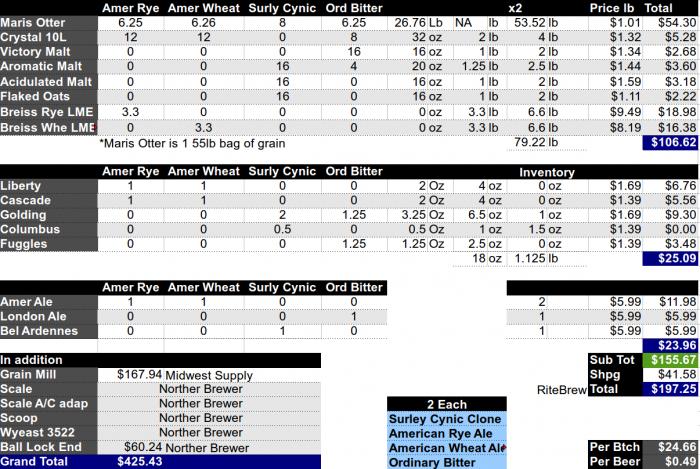augiedoggy
Well-Known Member
mine might actually be a bit more...I estimated off of kals numbers..(I have noticed no real increase in my electric bill ).. Being that I live 5 minutes from the niagara falls power damn you would thing our power would be cheaper than most but they sell the power to canada and NYC and we pay the same premiums as everyone else so I'm told..
If it makes you feel any better we have some of the highest gasoline prices in the country... although no one has a good reason why..
If it makes you feel any better we have some of the highest gasoline prices in the country... although no one has a good reason why..


















































![Craft A Brew - Safale S-04 Dry Yeast - Fermentis - English Ale Dry Yeast - For English and American Ales and Hard Apple Ciders - Ingredients for Home Brewing - Beer Making Supplies - [1 Pack]](https://m.media-amazon.com/images/I/41fVGNh6JfL._SL500_.jpg)









